LEADERS IN PERSONALIZED BLOOD FLOW RESTRICTION EDUCATION
Owens Recovery Science is the premier educational program for Blood Flow Restriction Certification designed to equip medical professionals with the knowledge and skills necessary to effectively implement Personalized Blood Flow Restriction (PBFR) in rehabilitation and performance based settings. As a leading provider of BFR education, Owens Recovery Science offers a comprehensive, one-day course that is grounded in research and years of personal experience which come together to guide current best practices.
Participants in the certification program will have access to the most objective option for BFR equipment, the Delfi Personalized Tourniquet System, which is designed to accurately assess occlusion pressure and apply PBFR for optimal control and improved results. Additionally, ORS takes pride in being a resource for information and a sounding board for clinical questions. This is much more than a one day course.
What is Personalized Blood Flow Restriction?
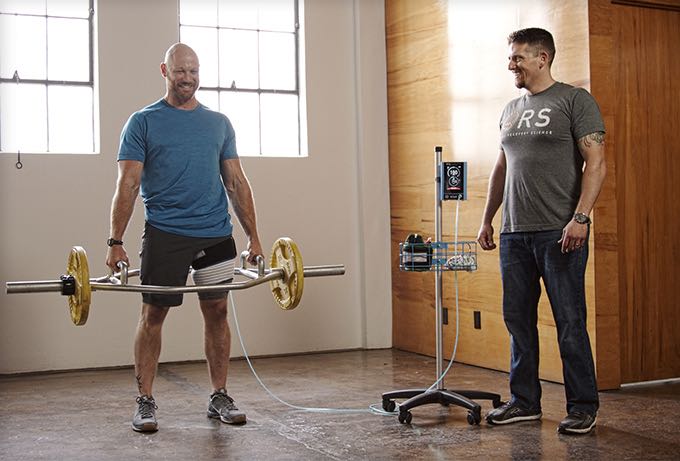
Blood Flow Restriction, commonly referred to as BFR, involves the application of a specialized tourniquet cuff to the proximal portion of an exercising arm or leg to reduce arterial inflow and restrict venous outflow from the limb. Exercising in this manner allows the use of low intensity exercise to elicit positive adaptations in muscle size, strength, or endurance typically associated with much heavier loads or higher intensities. The pressure applied with BFR should be personalized to the individual’s Limb Occlusion Pressure or LOP (You’ll see us refer to this as Personalized Blood Flow Restriction or PBFR). A range of pressure looks like it can be effective and different pressures may be required for the arm (40-50% of LOP) and for the leg (60-80% of LOP). With BFR, resistance exercise with weight as light as 20-40% of an individual’s 1 repetition maximum can facilitate changes typically seen with lifting heavy weights; endurance exercise can be prescribed for much shorter than typical durations and intensities less than 50% VO2max.
What are the Benefits of Personalized Blood Flow Restriction?
Traditional resistance training guidelines recommend that individuals perform strength training with loads greater than 65% of a 1-repetition maximum (1-RM) over a period of 12-16 weeks to elicit gains in muscle strength and hypertrophy. Unfortunately, persons recovering from surgery or injury, athletes in a competitive season, and the elderly may not be able to tolerate this form of high load resistance training at the frequency required to see benefits. Personalized blood flow restriction training provides an alternative training method for these individuals to obtain similar gains as high intensity training (HIT) utilizing significantly lower loads.
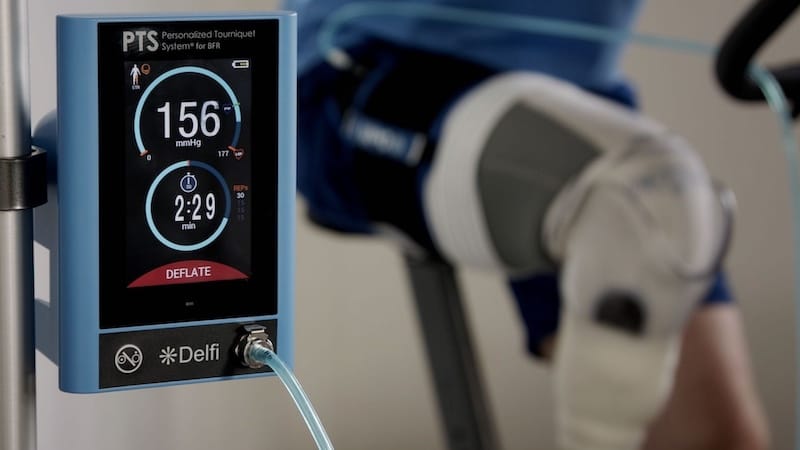
Benefits of blood flow restricted exercise include:
Increased muscle strength
Increased muscle size
Enhanced muscle and cardiovascular endurance
Increases in capillaries / angiogenesis
Analgesic / hypoalgesic (Pain Relief) effects
Improved outcomes after injury or surgery
Improved effects when exercise equipment is limited
Periodization or In-season load management
Performance Enhancement
More info on our BFR page or our Publications page.
Almost any patient that is cleared to participate in exercise but can’t perform exercise at a high enough intensity to cause adaptation could benefit from Blood Flow Restriction Training. Nothing about BFR is diagnosis specific and its application could be as variable as traditional exercise. It can be used as a strategy to make available exercises stressful enough to induce an adaptive response.
What can be Learned by taking the Personalized Blood Flow Restriction Certification Course?
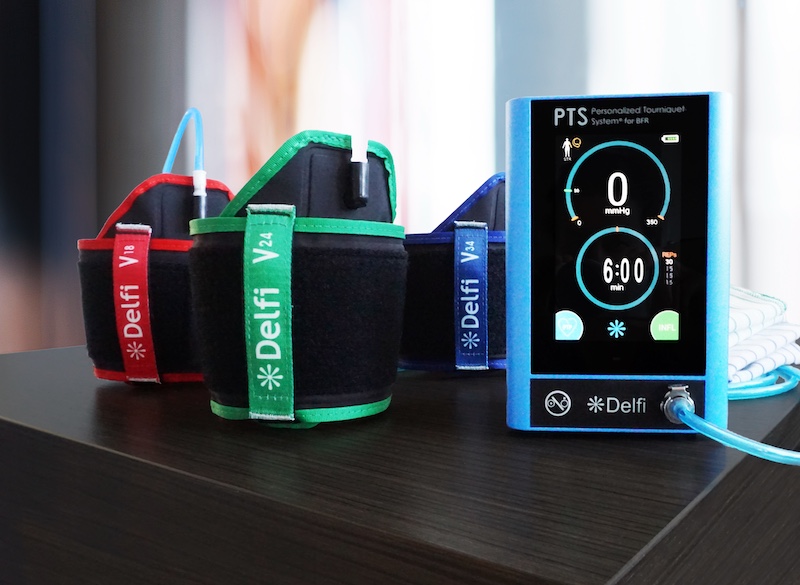
By taking the Personalized Blood Flow Restriction (PBFR) Certification course offered by Owens Recovery Science, individuals will get a comprehensive overview of the effects of blood flow restriction and a current understanding of best practices. The course aims to equip participants with an understanding of the physiologic mechanisms and the parameters that can be manipulated with the application of a tourniquet cuff. The course will also walk participants through the effects and safety considerations that go along with exercise with blood flow restriction.
Here’s a further breakdown of what participants can expect to learn from the certification course:
Physiology of BFR: The more that we learn about using blood flow restriction with exercise, the more we see in common with the effects of resistance exercise at higher intensity. The course will provide an overview of the underlying mechanisms that have been shown in the research and how those relate to what we know about other effective forms of exercise. After the course, the participant will be able to communicate the physiology behind mechanical tension compared to metabolic accumulation training and the downstream effects.
Cuff Selection and Application of Pressure: The course will teach the participant how to select the appropriate BFR cuffs to fit the limb of the individual being treated or trained. They will learn about the importance of assessing limb occlusion pressure so application pressure can be specific to the individual. Making BFR more individualized and objective should ensure safer and more effective blood flow restriction or occlusion training.
Exercise Programming and Progression: The course delves into the intricacies of exercise programming with BFR, including the balance between exercise intensity and cuff pressure. In order to be closer to optimal, we still need to hit a session volume target that is similar to heavy load or high intensity training. Read more here.
Safety Considerations and Contraindications: Safety is paramount. The certification course educates participants about safety considerations with BFR and how that compares to what we know about exercise alone. Individuals will learn about our current understanding of contraindications and how to navigate whether a client is appropriate for BFR in a physical therapy, athletic training, or performance based settings.
Application and Practice: The course includes lab sessions to give participants the opportunity to practice appropriate cuff selection and exercise decision making on their fellow course participants.
These are just a few examples of the topics and skills that individuals can learn by taking the Blood Flow Restriction Certification course offered by Owens Recovery Science. The course aims to provide a comprehensive understanding of BFR training, equipping participants with the knowledge and tools to apply this technique safely and effectively in their professional practice.
Who is the Personalized Blood Flow Restriction Certification For?
The Blood Flow Restriction (BFR) Certification offered by Owens Recovery Science is designed for a wide range of rehabilitation and strength and conditioning professionals. This certification program is ideal for individuals who are passionate about optimizing performance, enhancing rehabilitation outcomes, and incorporating innovative training techniques into their practice.
Find more information on whether BFR is within your scope of practice on our BFR page.
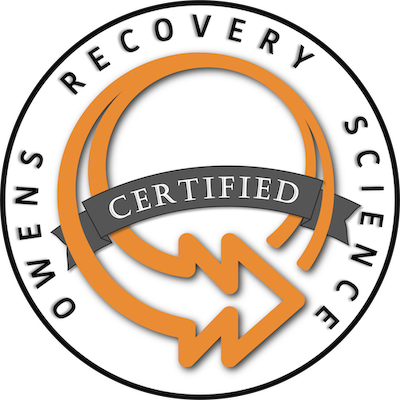
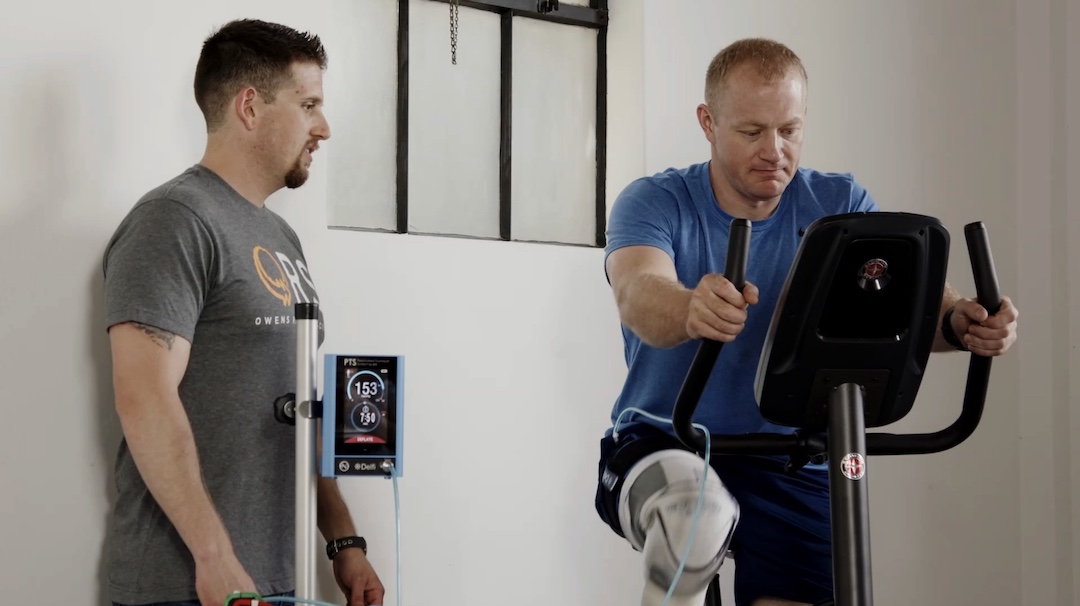
UPCOMING COURSES
Learn from the leaders in Personalized Blood Flow Restriction (PBFR). We provide the most up to date, evidence based education on the implementation of PBFR for the medical professional.
CEU Credit: Courses are Pre-Approved for PTs/PTAs (hours vary by state) and ATs (8.5 hours through BOC).


